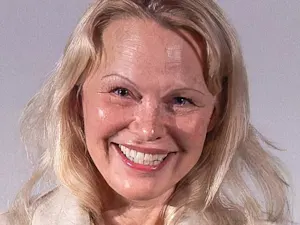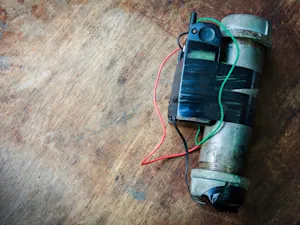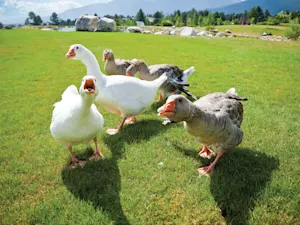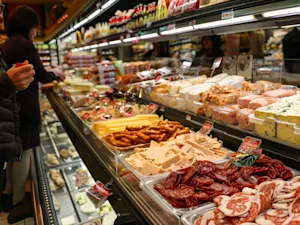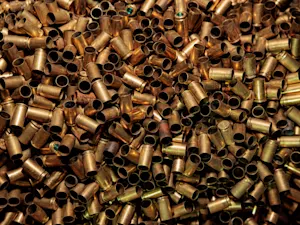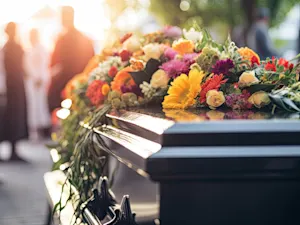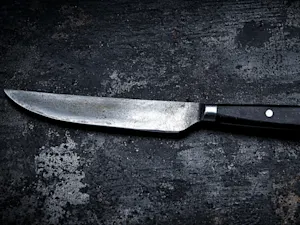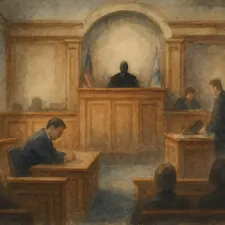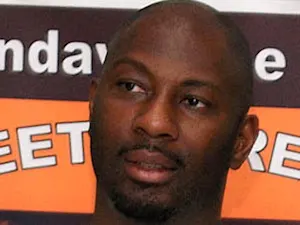
Hundreds of Skeletons Found Beneath Store Turned Campus
When construction workers broke ground at a former department store in Gloucester, England, they didn't expect to meet the dead. But what they uncovered beneath the city's King's Square was more than old tile and concrete. It was a graveyard — literally.
The site, once home to a bustling Debenhams, is being transformed into the University of Gloucestershire's new City Campus. But as crews dug deeper, history came calling in the form of 317 human skeletons — and a forgotten church.
Layers of the Dead
Archaeologists from Cotswold Archaeology had been commissioned by the university to investigate the area, already known for its Roman past. What they unearthed was a human time capsule stretching back over 1,000 years.
The remains date from both the medieval and post-medieval periods. About 150 of the burials were post-medieval, found outside of brick burial vaults. Roughly 170 others were older, believed to be linked to a medieval church that once stood nearby.
Cotswold Archaeology's Cliff Bateman said that discoveries like this aren't unusual in Gloucester. "Every time we work in Gloucester, we make new discoveries," he said, according to Popular Mechanics. "It's a massively important place."
A Tale of Two Churches
Beneath the remains of the store lay remnants of two churches — one medieval and another built in 1750. The older church, St. Aldate's, was torn down in the mid-17th century, reportedly after damage from the English Civil War. A second church bearing the same name replaced it and stood until the 1960s when it was demolished to make way for retail development.
Beneath the churches and burials lies something even older — traces of Roman Gloucester. Cobblestones believed to be part of a second-century road emerged during the dig. Other signs of Roman activity included walls, timber supports, and a courtyard surface — suggesting the site once formed part of a larger Roman town.
Respecting the Remains
While the artifacts recovered from the site will be displayed at the university's new campus, the human remains will not be part of the exhibit. According to the university and Cotswold Archaeology, the bones are being studied but will eventually be reinterred or stored respectfully.
Twelve previously uncovered medieval burials were already reburied after analysis.
Bateman also emphasized the scientific value of the remains, noting that they offer a snapshot of Gloucester's population across a millennium. Preliminary dental analysis has already hinted at dietary shifts during the 16th century — namely, the rise in sugar consumption.
A History Beneath Our Feet
As excavation wraps up and the new university campus prepares to open its doors this September, the story beneath those doors remains — not in textbooks or archives, but in the very earth it was built upon.
References: Archaeologists Found 317 Skeletons Buried Under a Department Store | Archaeologists Stumble Onto Site With 317 Skeletons and Ancient Church Beneath Campus in England | Hundreds of Skeletons Found at Old Debenhams Site



